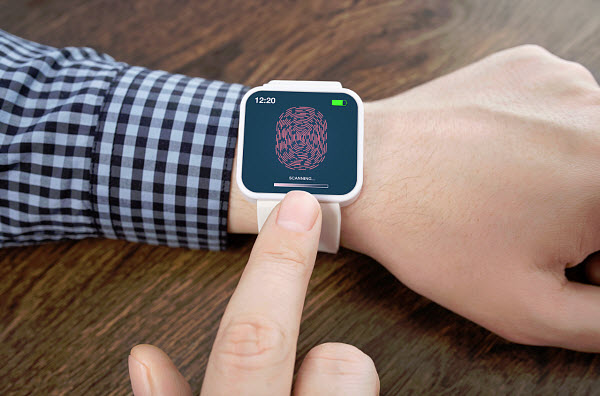Mobile commerce is still in a state of infancy, but it has become a very powerful tool for the retail industry. Despite the success that some retailers have seen in the mobile field, many other companies are not yet convinced that mobile commerce is worthwhile. These companies often consider trends in the mobile space to be little more than passing fancies that will disappear in a matter of time as consumers move on to some other interest. Mobile commerce is much more than a passing trend, however.
Over the past few years, the retail industry has found a great deal of success in engaging mobile consumers. Mobile commerce, for these retailers, is much more than a novelty; it has become a very powerful revenue stream. Barnes & Noble, for instance, has found a great deal of success with its mobile initiatives. In the recent Internet Retailer Mobile 500 report, Barnes & Nobel ranked 41 among some of the world’s leading retailers in terms of mobile commerce success.
 The report shows that Barnes & Noble had a 99.35% mobile success rate, which means that the vast majority of mobile commerce activity occurring on the company’s mobile website was successful. The company has reported higher mobile sales, which add to its overall retail sales and boost its revenue considerably.
The report shows that Barnes & Noble had a 99.35% mobile success rate, which means that the vast majority of mobile commerce activity occurring on the company’s mobile website was successful. The company has reported higher mobile sales, which add to its overall retail sales and boost its revenue considerably.
Another report from the Australian Communication and Media Authority shows that mobile payments have grown by 448% since December 2010. Consumers are becoming more likely to make a purchase from their mobile device, even when visiting a physical store. A handful of retailers are thriving because of this, while those that are unwilling to get involved in the mobile space are missing out on a major opportunity that could have dire implications for their future.
Mobile commerce has proven that it is more than just a trend. It has blossomed into something that consumers want to be a part of and, as such, is here to stay. Retailers that refuse to take advantage of the popularity of mobile commerce may risk obsolescence, as consumers are beginning to favor mobile shopping over more conventional forms of commerce.
Wearable technology is the latest thing to set the tech field alight with innovation and ambition. Many people have heard about the new devices that technology companies are planning to release in the near future, but the excitement around these devices has yet to reach a boiling point. For most, these devices are nothing more than novelties, impressive in certain aspects but lacking in others. For some, wearable devices are little more than a stepping stone to something more: A greater integration with technology itself.
Wearable devices like augmented reality glasses are designed to change the way you see the world. Other devices have a more simpler goal, either to help you keep track of your health or allow you to stay in contact with various social media outlets. Most of the things that can be accomplished through wearable technology can already be done through a smartphone or tablet. What these wearable devices are do that smartphones and tablets don’t, however, is show that people are ready to become more integrated with technology.
Wearable devices are a stepping stone toward a higher level of technology. There are already a great deal of projects underway that have to do with integrated technology and how implanted devices can change human life, but none of these products are taking into account its commercial aspects. Integrated technology is on its way to becoming a reality and not just science fiction, and commercialization is one of the last challenges this technology will have to overcome.
Wearable technology serves as a sort of unofficial proof of concept of the commercial potential of new devices. If no one wants to buy these devices, how likely are they to spend money on tech implants? The fact that wearable devices are little more than hands-free smartphones is not the issue. The real issue is whether or not people are actually willing to purchase and use these devices on a regular basis. If they do, then they may also be inclined to do the same for implanted devices that could become available during their lifetime.
The marketability of wearable devices is not necessarily indicative of the commercial potential of integrated technology, but it may serve as a sort of benchmark that can gauge consumer interest. Integrated tech is still in a state of infancy, but it will eventually become available to anyone willing and able to pay for it. Smartphones went through a very similar phase before they became massively popular, with their predecessor being old, cumbersome “brick” phones that were popular in the early 90s. These old devices highlighted the commercial potential of mobile technology and taking advantage of that potential has created a society that is heavily reliant on mobile devices today.
 The report shows that Barnes & Noble had a 99.35% mobile success rate, which means that the vast majority of mobile commerce activity occurring on the company’s mobile website was successful. The company has reported higher mobile sales, which add to its overall retail sales and boost its revenue considerably.
The report shows that Barnes & Noble had a 99.35% mobile success rate, which means that the vast majority of mobile commerce activity occurring on the company’s mobile website was successful. The company has reported higher mobile sales, which add to its overall retail sales and boost its revenue considerably.

